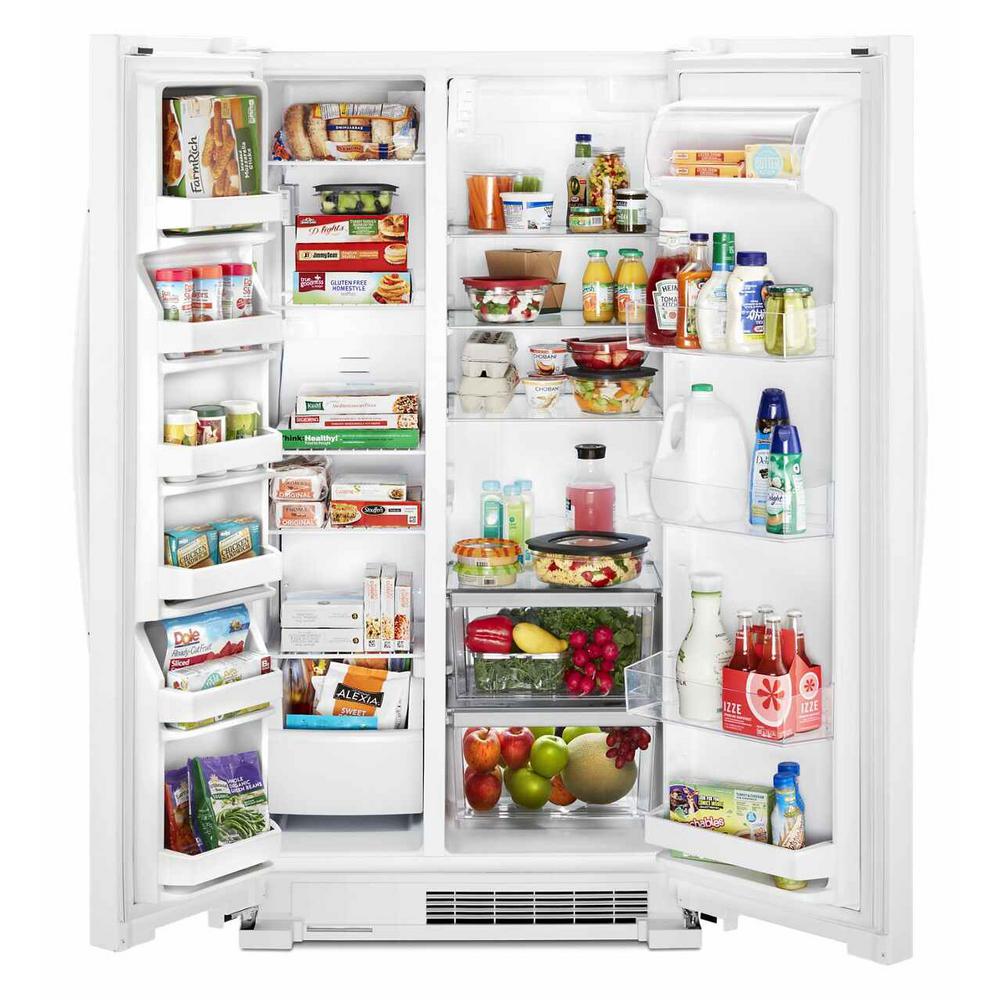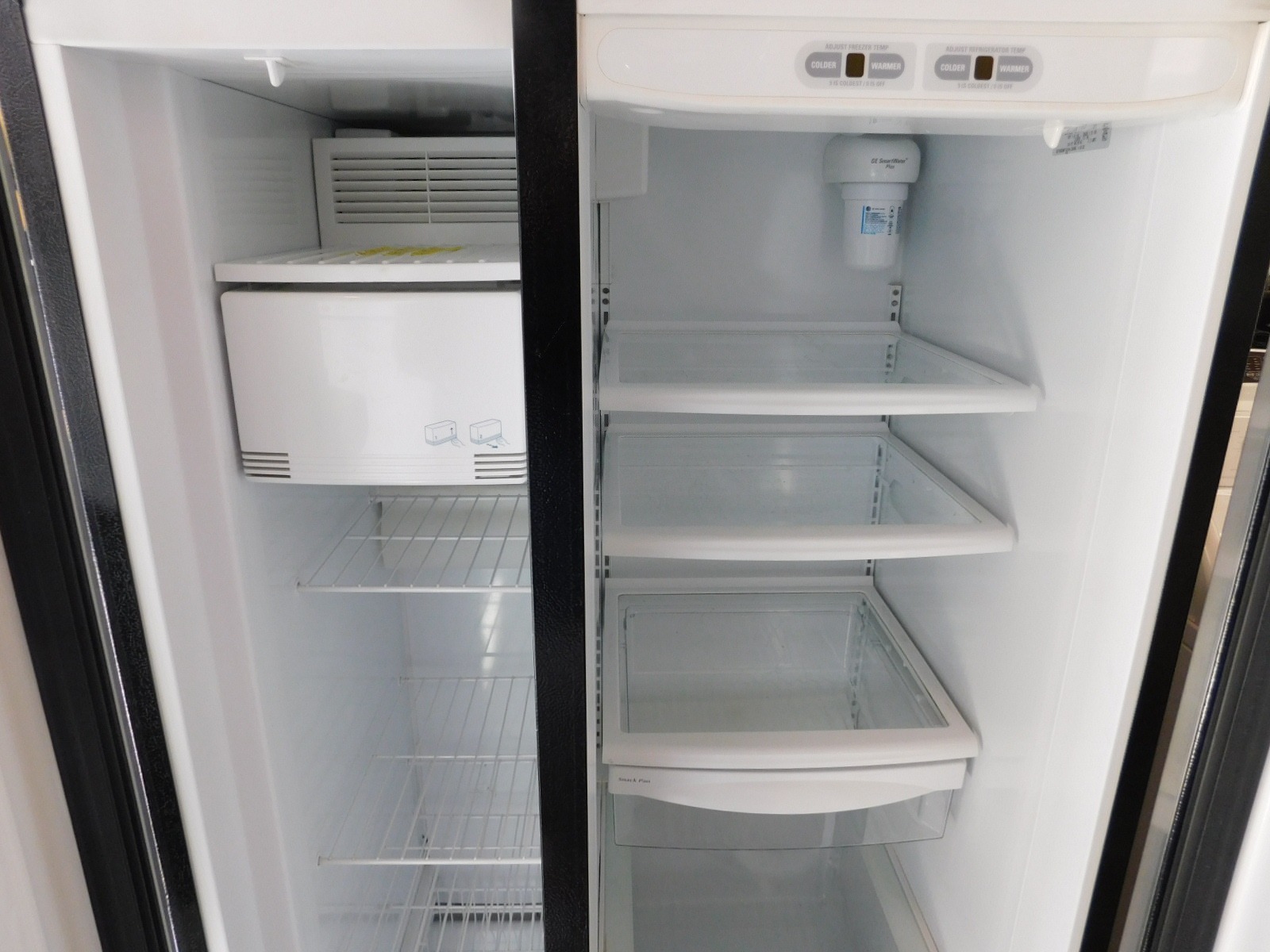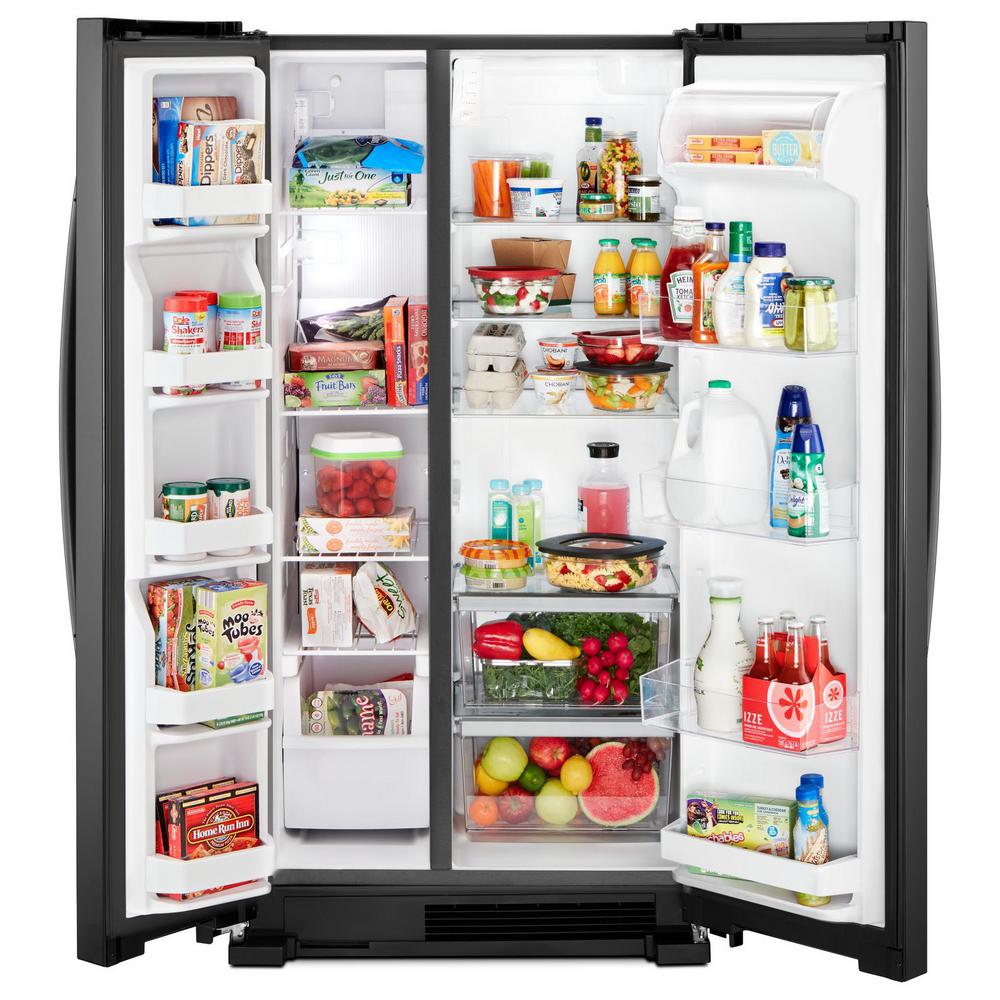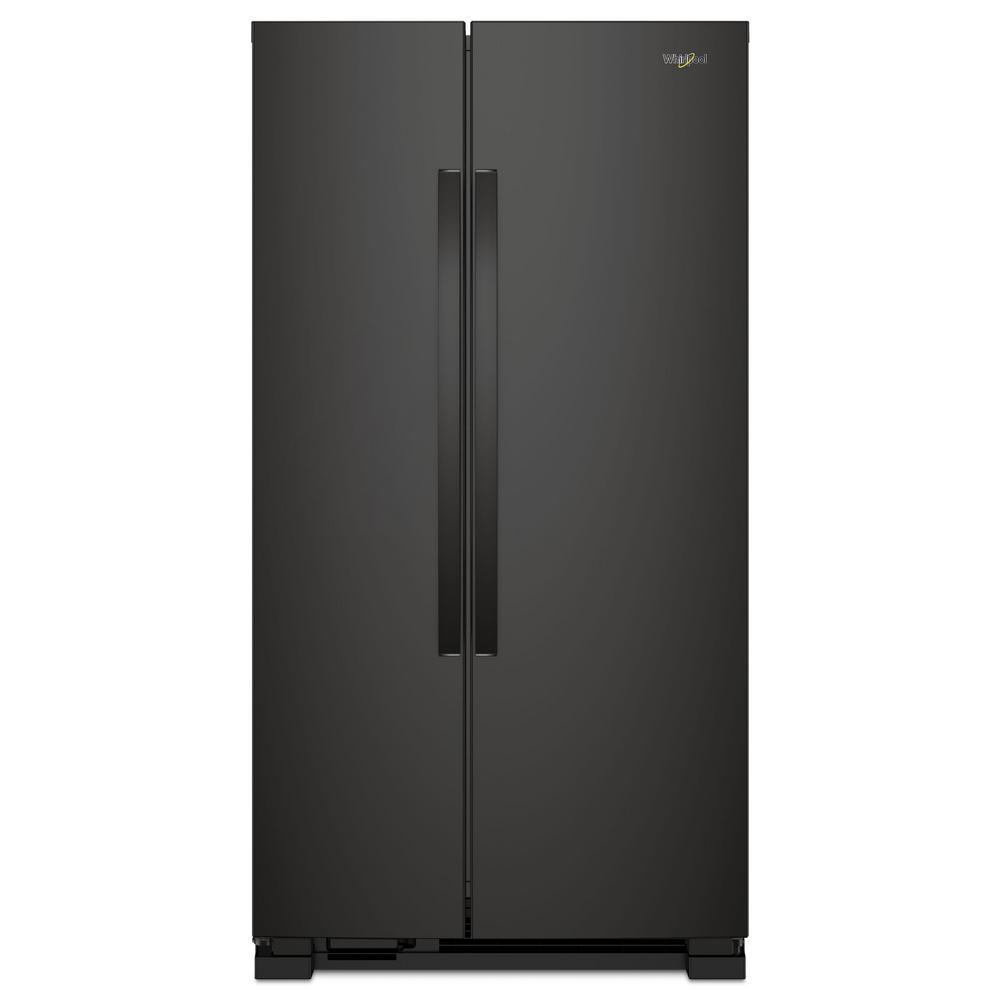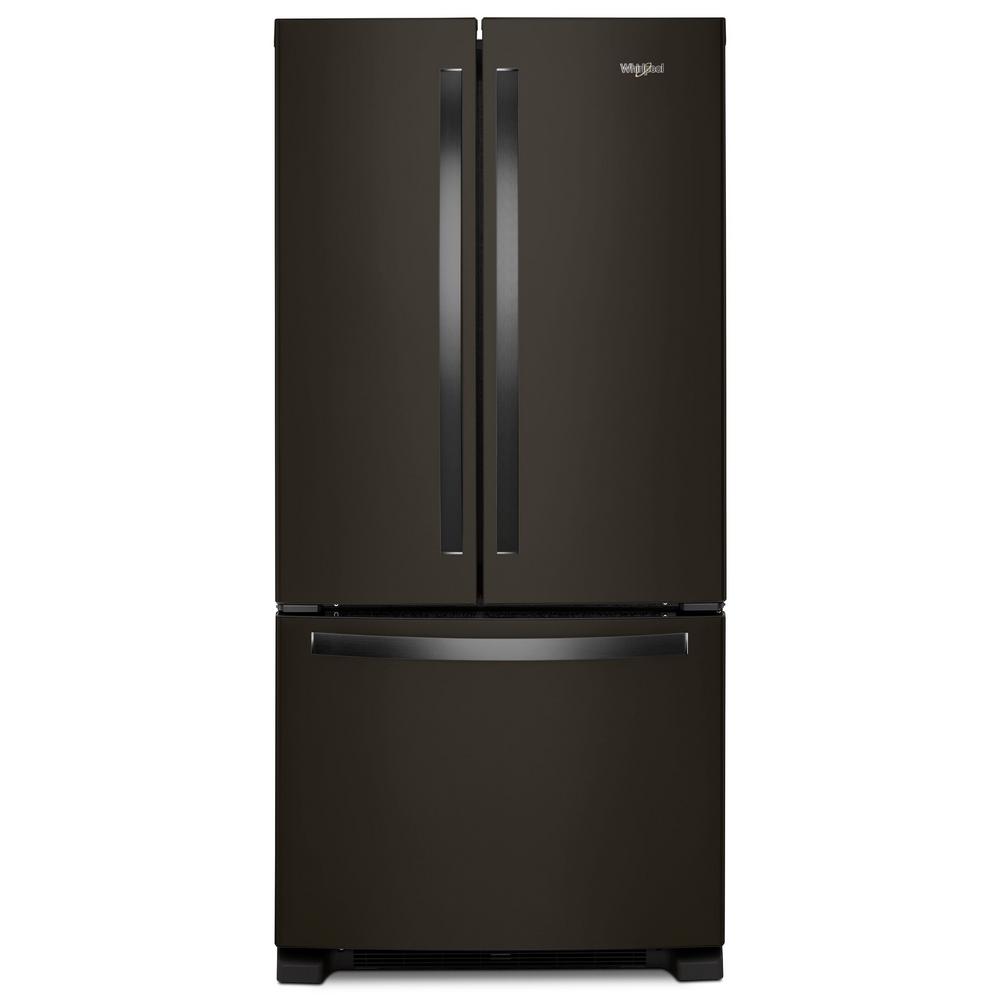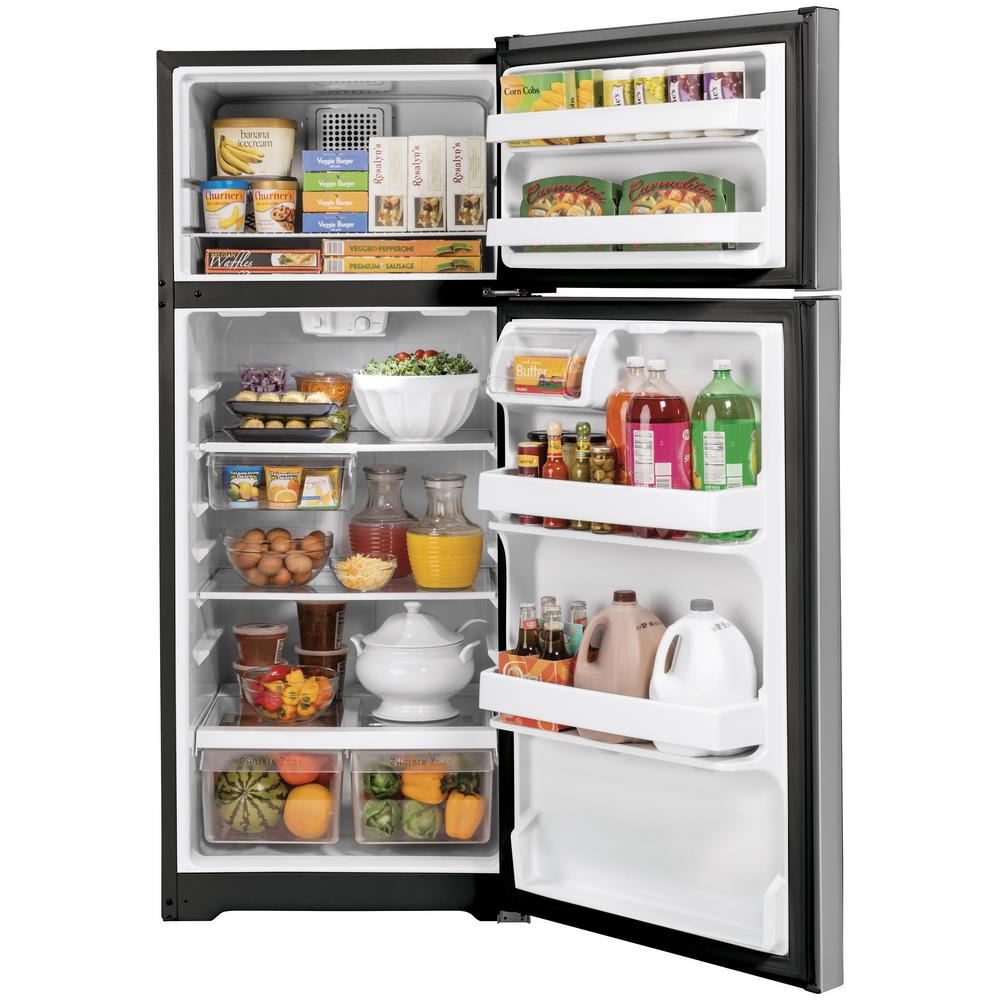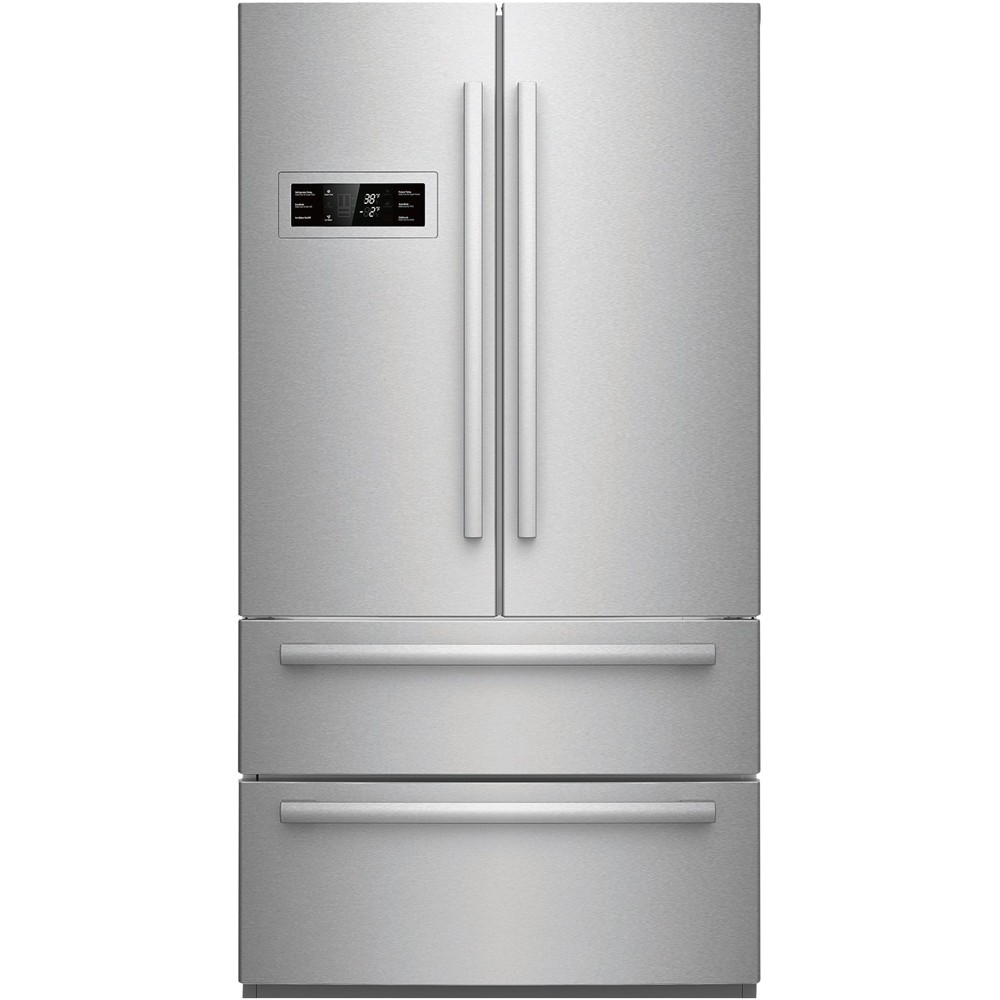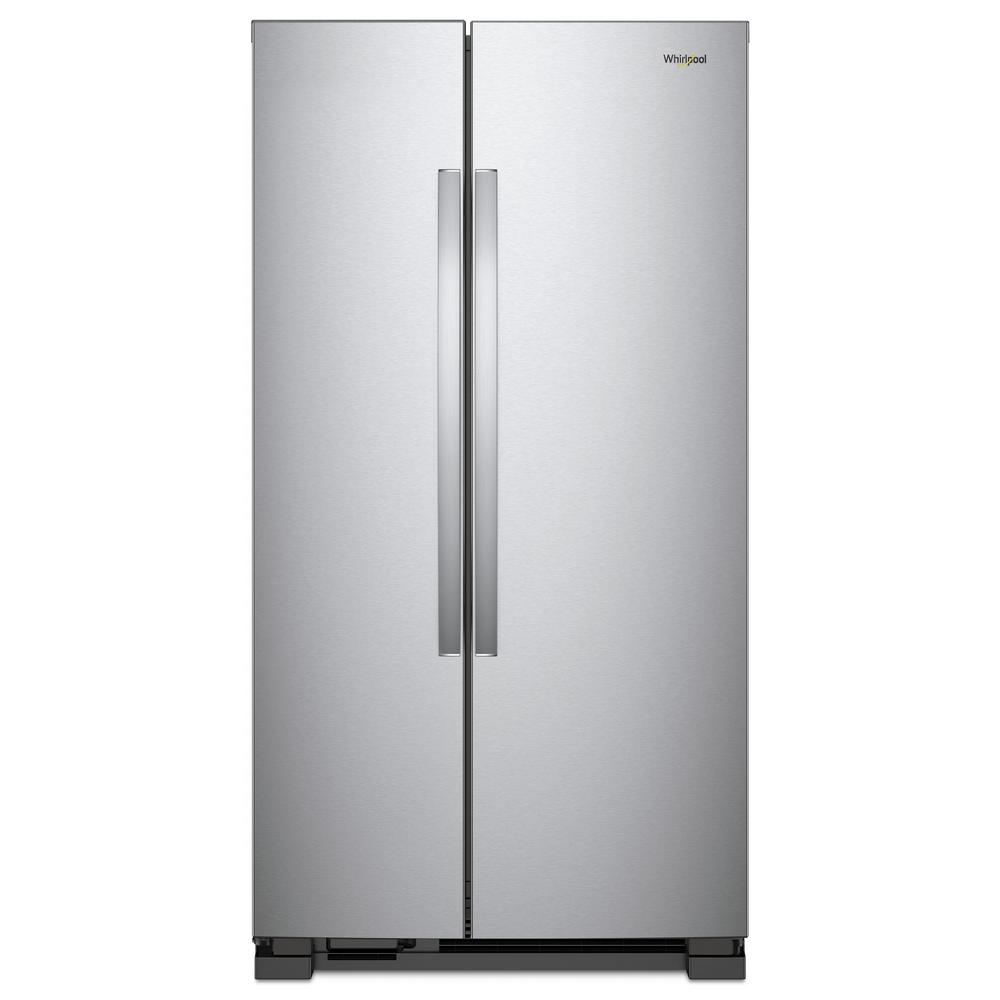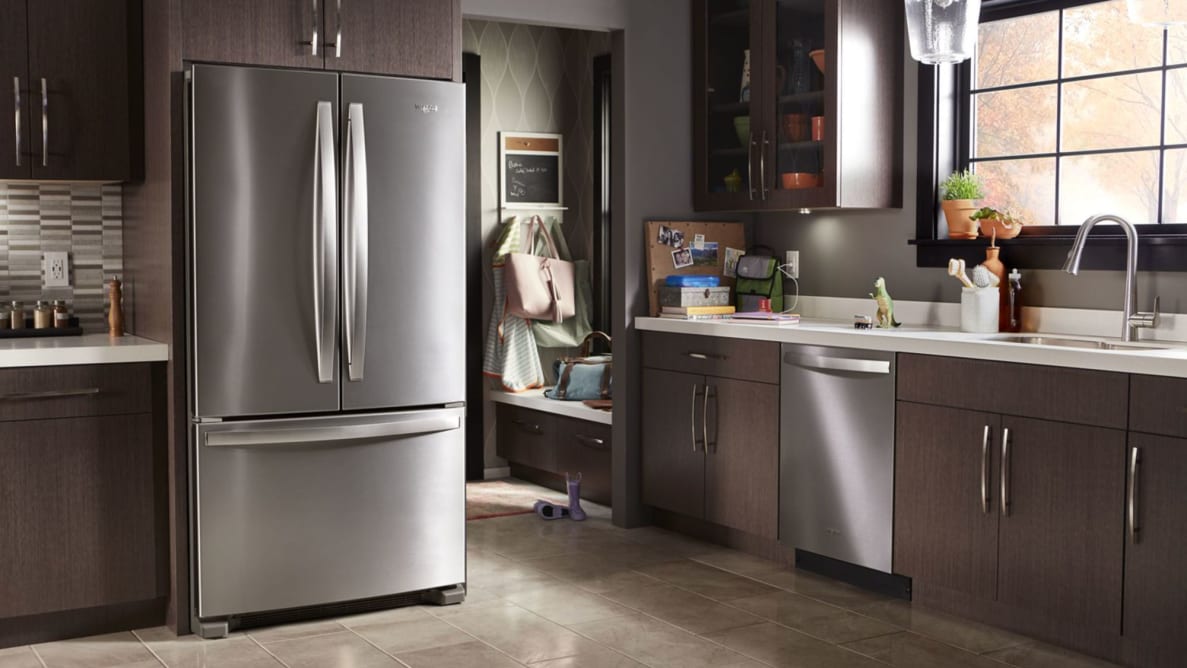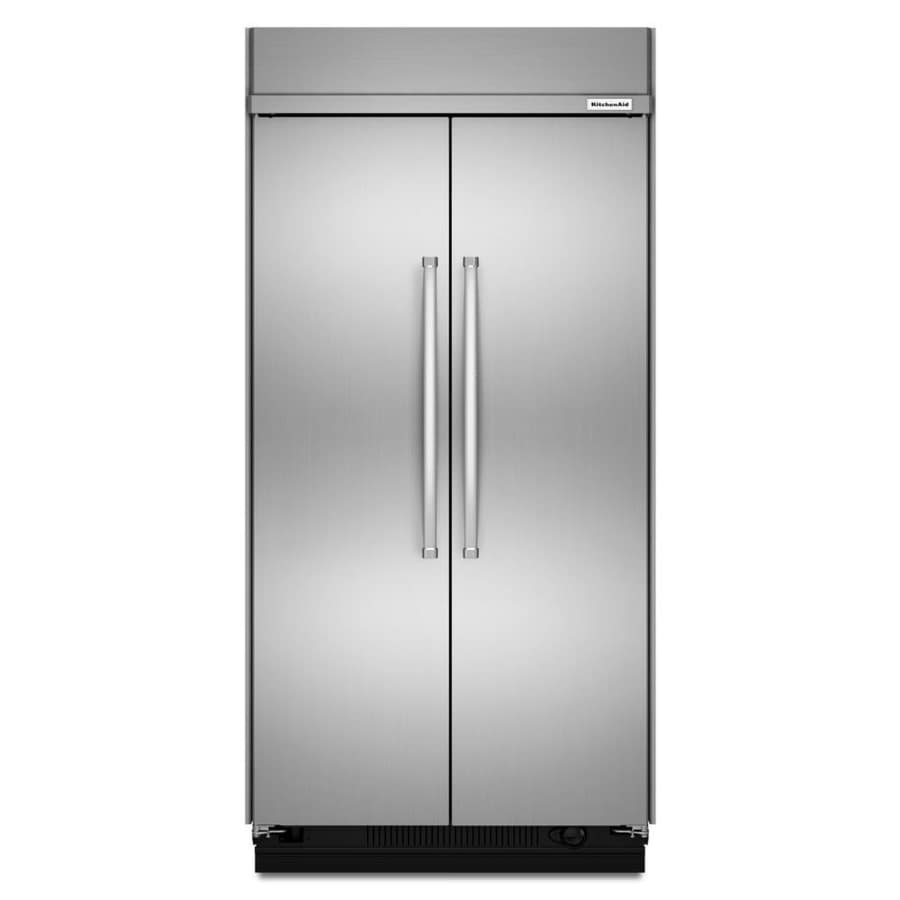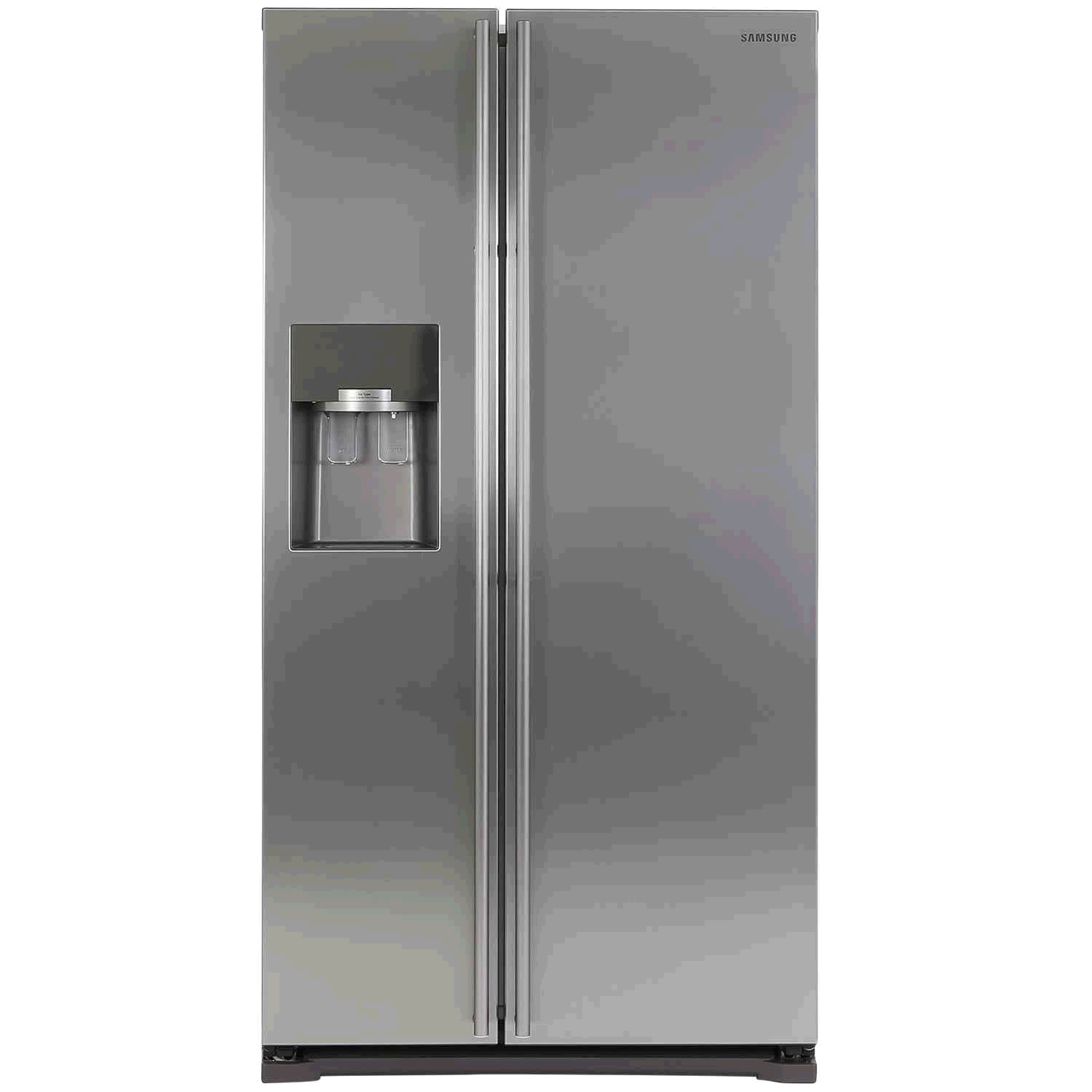Refrigerator Without Ice Dispenser
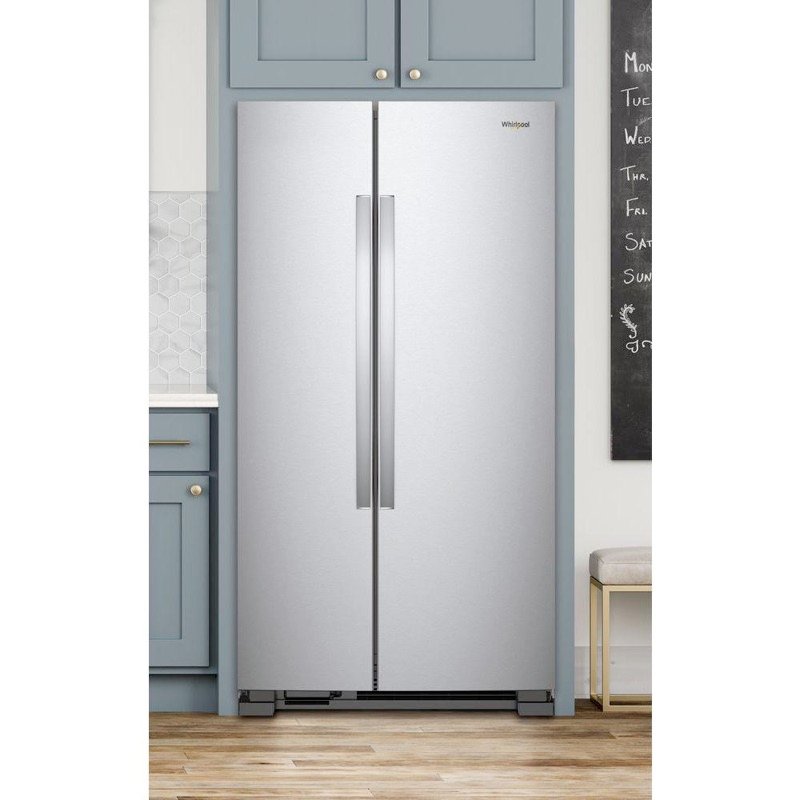
The humble refrigerator, a kitchen staple, is undergoing a subtle but significant shift in design. Consumers are increasingly opting for models *without* the ubiquitous ice dispenser, a feature long considered a modern convenience. This trend, driven by factors ranging from space optimization to concerns about reliability, is reshaping the refrigerator market and prompting manufacturers to re-evaluate their offerings.
This article will explore the growing popularity of refrigerators without ice dispensers, examining the reasons behind this trend and its potential implications for both consumers and the appliance industry. We will delve into the motivations of buyers, the responses of manufacturers, and the long-term effects this shift may have on kitchen design and consumer habits.
The Rise of the Ice-Dispenser-Free Fridge
For decades, the ice dispenser was a must-have feature for many refrigerator buyers. It promised instant access to ice and chilled water, a symbol of modern convenience and efficiency. However, recent sales data indicates a growing segment of the market is actively seeking refrigerators without this seemingly indispensable component.
Consumer Reports, in its latest appliance survey, noted a significant increase in inquiries regarding refrigerators without ice makers. They observed a shift in priorities with consumers emphasizing interior space, reliability, and overall energy efficiency over features like ice and water dispensers.
Space and Reliability: Key Drivers
One of the primary reasons driving this trend is the desire for more usable space inside the refrigerator. Ice dispensers, while convenient, often intrude into valuable storage area, particularly in side-by-side models. Removing the dispenser allows for wider shelves and more flexible storage configurations.
Reliability is another major concern. Ice dispensers are often cited as a common source of refrigerator malfunctions, requiring repairs and potentially leading to food spoilage. According to appliance repair technicians, the complex mechanisms involved in ice making and dispensing are prone to failure, particularly with hard water or inconsistent maintenance.
A Cost-Effective Choice?
While not always the case, refrigerators without ice dispensers often come with a lower price tag. This can be a significant factor for budget-conscious consumers, especially those who are willing to forgo the convenience of instant ice. This can be particularly appealing when you compare the cost over the appliance's lifespan, factoring in potential repairs and energy consumption.
Furthermore, models without ice makers are often more energy efficient, as they require less power to operate. While the savings might not be dramatic, they can contribute to lower electricity bills over time, appealing to environmentally conscious buyers.
Manufacturer Response
Appliance manufacturers are taking notice of this evolving consumer preference. Many are now offering a wider range of refrigerators without ice dispensers, catering to the growing demand for these models. Whirlpool, for example, has expanded its line of dispenser-free refrigerators, emphasizing spacious interiors and improved energy efficiency.
Other companies, like LG and Samsung, are focusing on enhancing the reliability and functionality of their ice dispenser models. They are implementing design improvements to reduce the risk of malfunctions and improve water filtration, hoping to retain customers who still value the convenience of built-in ice.
Manufacturers are also exploring alternative ice-making solutions, such as compact, external ice makers that can be placed on countertops or in pantries. This allows consumers to have access to ice without sacrificing valuable space inside their refrigerators.
"We're seeing a clear shift in consumer priorities," said *John Smith*, a marketing executive at a major appliance manufacturer. "While some customers still demand ice dispensers, a growing number are prioritizing space, reliability, and energy efficiency. We're adapting our product line to meet these evolving needs."
The Impact on Kitchen Design
The shift towards refrigerators without ice dispensers could also have a subtle impact on kitchen design. With more space available inside the refrigerator, consumers may be less reliant on secondary refrigerators or freezers. This could lead to smaller, more efficient kitchens in new homes and renovations.
It could also lead to a resurgence in the popularity of standalone ice makers, providing consumers with a flexible alternative to built-in dispensers. These ice makers can be placed in various locations, allowing for greater customization of kitchen layouts.
Ultimately, the choice between a refrigerator with or without an ice dispenser comes down to individual needs and preferences. The growing popularity of dispenser-free models reflects a growing awareness of the trade-offs involved and a desire for appliances that prioritize space, reliability, and efficiency.





